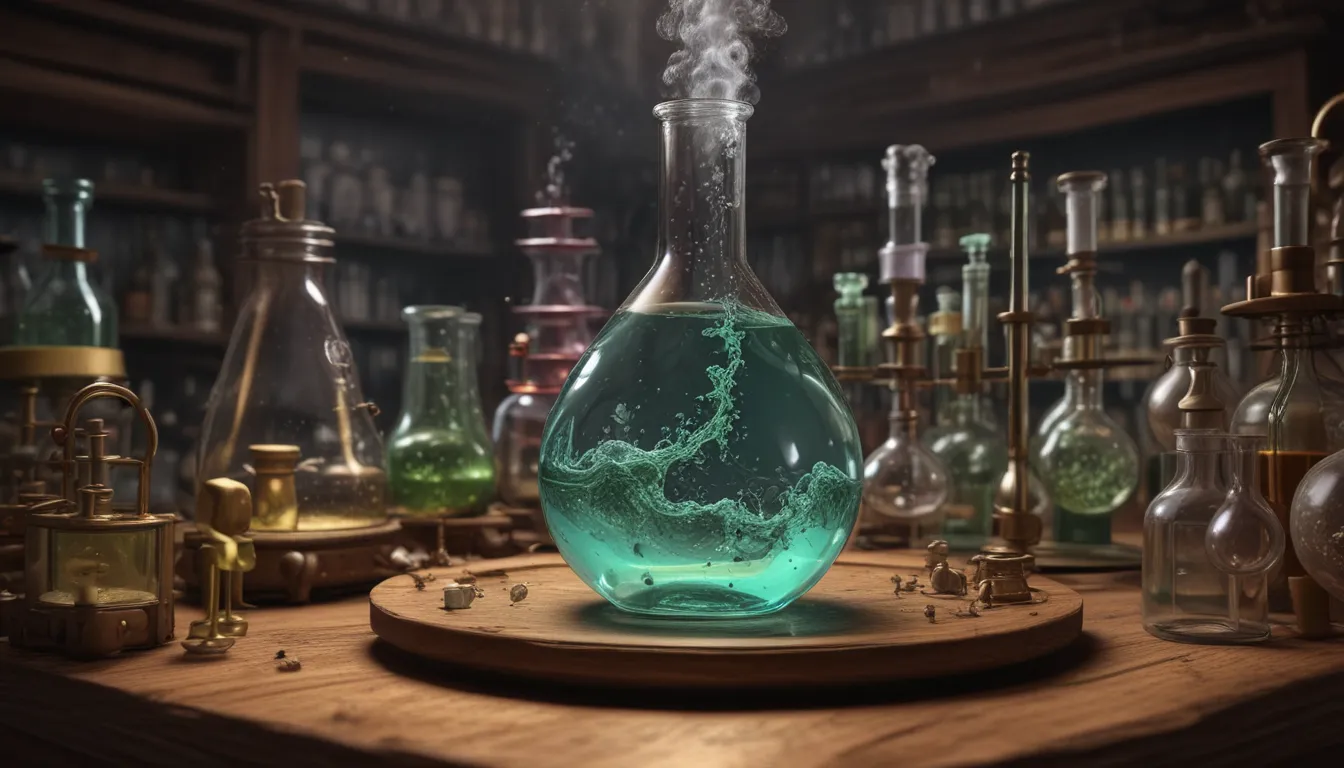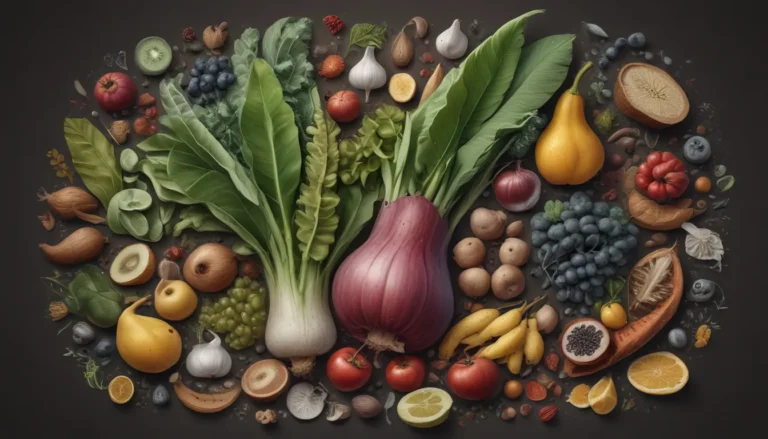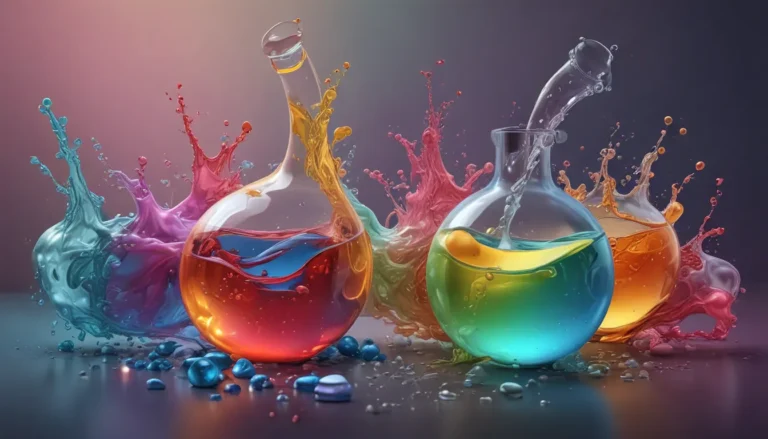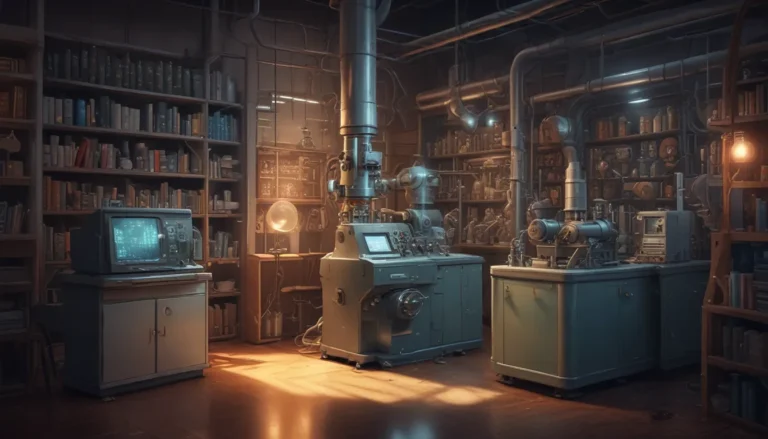A Note About Images: The images used in our articles are for illustration purposes only and may not exactly match the content. They are meant to engage readers, but the text should be relied upon for accurate information.
Chemistry is a captivating realm that unravels the mysteries of the natural world through various phenomena and processes. Among these, redox, short for reduction-oxidation, stands out as a dynamic and essential chemical process that underpins countless reactions in chemistry, biology, environmental science, and medicine. In this article, we will delve into the enchanting world of redox and uncover 20 extraordinary facts that showcase its significance and diverse applications. From energy production to environmental processes, redox reactions shape our daily lives in remarkable ways. Join us on a journey into the realm of redox and witness the wonders it holds for us all.
Redox: The Cornerstone of Chemical Transformations
Redox reactions are at the core of chemical transformations, orchestrating the exchange of electrons between molecules to bring about remarkable changes. This captivating process serves as the driving force behind numerous natural and artificial reactions, fueling the marvels of chemistry that shape the world around us.
Redox: A Balancing Act of Electrons
Central to redox reactions is the delicate balance of electrons between molecules. By ensuring that the number of electrons lost in oxidation matches those gained in reduction, redox reactions maintain equilibrium in chemical transformations, playing a pivotal role in the dynamics of molecular interactions.
Redox: Powering Cellular Respiration
Within our bodies, redox plays a vital role in cellular respiration, the process through which cells generate energy. By oxidizing glucose molecules to produce carbon dioxide, water, and adenosine triphosphate (ATP), redox enables the production of energy that fuels the functions of living organisms.
Redox: Energizing Battery Technology
Batteries harness the power of redox reactions to store and convert chemical energy into electrical energy. By facilitating the transfer of electrons within battery cells, redox reactions drive the functionality of these essential power sources that we rely on in our everyday lives.
Redox: Illuminating Photosynthesis
In the wondrous process of photosynthesis, redox reactions transform solar energy into chemical energy, fueling the growth of plants and sustaining life on Earth. By oxidizing water molecules to release oxygen and reducing carbon dioxide to synthesize glucose, redox powers the cycle of life through this incredible biological process.
Redox: A Catalyst for Chemical Industry
The chemical industry relies on redox reactions as indispensable tools for the production of various chemicals, including acids, metals, and synthetic compounds. By driving key processes in chemical synthesis, redox reactions enable the creation of essential products that serve diverse industrial applications.
Redox: The Magic of Combustion
Combustion, a classic example of redox reactions, unleashes a burst of energy as fuel substances rapidly combine with oxygen. By oxidizing fuel molecules and releasing heat and light, redox transforms chemical energy into thermal energy, illuminating the marvels of this fundamental process.
Redox: The Culprit Behind Corrosion and Rust
The bane of metal objects, corrosion and rust occur through redox reactions when metals interact with oxygen and moisture. In these processes, metal undergoes oxidation, leading to the formation of metal oxides that compromise the integrity of materials over time.
Redox: A Shield Against Oxidative Stress
Living organisms deploy redox reactions as a biological defense mechanism against oxidative stress. By utilizing antioxidants to neutralize harmful reactive oxygen species (ROS), organisms maintain the delicate balance of redox processes within cells, safeguarding cellular health and vitality.
Redox: Nurturing Environmental Balance
Redox reactions play a critical role in environmental processes, such as the nitrogen cycle, sulfur cycle, and carbon cycle. By influencing the balance of nutrients and sustaining ecosystem health, redox reactions contribute to the resilience and sustainability of the natural world.
Redox: Empowering Fuel Cells
Fuel cells harness redox reactions to generate electricity through chemical reactions. By oxidizing hydrogen fuel at the anode and reducing oxygen at the cathode, redox powers the direct conversion of chemical energy into electrical energy, offering a clean and efficient alternative for power generation.
Redox: Transforming Medicine and Pharmaceuticals
In the realm of medicine and pharmaceuticals, redox reactions find diverse applications, from drug metabolism to pathogen defense and the development of therapeutic agents. By leveraging the principles of redox chemistry, researchers explore new frontiers in healthcare and pharmacology, unlocking innovative treatments and solutions.
Redox: Unveiling Oxidation-Reduction Potentials
The concept of oxidation-reduction potentials enables scientists to gauge the tendency of substances to gain or lose electrons, predicting the direction and feasibility of redox reactions. By measuring these potentials, researchers gain insights into the energetic landscape of chemical transformations, guiding their understanding and manipulation of redox processes.
Redox: Championing Environmental Remediation
In the realm of environmental remediation, redox reactions play a vital role in detoxifying soil and water by removing pollutants and toxins. Through targeted redox processes, contaminants are transformed into less harmful substances, safeguarding environmental quality and human health.
Redox: Illuminating the Secrets of Radiocarbon Dating
Radiocarbon dating, a fascinating application of redox reactions, relies on measuring the ratio of carbon isotopes to determine the age of organic materials. By leveraging redox principles, scientists unlock the mysteries of the past with precision and accuracy, shedding light on the chronicles of our planet’s history.
Redox: Enhancing Surfaces Through Electroplating
The art of electroplating showcases the aesthetic and protective powers of redox reactions by depositing a layer of metal onto an object’s surface. Through this process, materials receive a decorative finish and gain corrosion resistance, highlighting the versatility and value of redox chemistry in enhancing everyday objects.
Redox: The Dance of Reducing Agents and Oxidizing Agents
At the heart of redox reactions lie the roles of reducing agents and oxidizing agents, essential players that govern electron transfer processes. While reducing agents donate electrons, oxidizing agents accept electrons, orchestrating the flow of electrons in redox reactions and driving chemical transformations.
Redox: The Guardian Angel of Ozone
Ozone, a crucial component of the Earth’s atmosphere, owes its existence to redox reactions involving oxygen molecules and oxygen atoms. By forming a protective shield against harmful ultraviolet radiation, ozone demonstrates the vital role of redox chemistry in safeguarding the delicate balance of our planet’s environment.
Redox: Pioneering the Electron Transport Chain in Cellular Respiration
The electron transport chain, a cascade of redox reactions, stands as a pivotal step in cellular respiration, culminating in the production of ATP and powering a myriad of cellular processes. Through this intricate dance of electron transfers, redox fuels the energy needs of living organisms, sustaining the cycle of life.
Redox: Bridging Chemistry and Biology
Redox reactions serve as a vital bridge between chemistry and biology, illustrating the interconnectedness of these disciplines and shaping the processes of life. By unraveling the complexities of redox interactions, researchers explore new frontiers in medicine, biotechnology, and environmental science, fostering innovations that benefit society and the natural world.
Conclusion
In closing, redox reactions stand as captivating and indispensable processes that illuminate the wonders of chemistry in our everyday lives. From energy production to environmental protection, redox plays a pivotal role in shaping the world around us, offering a glimpse into the marvels of chemical transformations and molecular interactions.
Through our exploration of 20 extraordinary facts about redox, we have uncovered the diverse applications and significance of these essential processes. Whether you are a chemistry enthusiast or an inquisitive learner, the world of redox invites you to embark on a journey of discovery and deepen your understanding of the fundamental principles that govern chemical reactions.
As we continue to unravel the mysteries of redox chemistry, let us remain curious, engaged, and eager to learn more about the captivating realm of oxidation-reduction reactions. The marvels of redox await exploration, offering insights and discoveries that enrich our lives and expand our knowledge of the fascinating world of chemistry.
FAQs
- What is a redox reaction?
-
A redox reaction involves the transfer of electrons between two reactants, with one substance undergoing oxidation (loss of electrons) and another undergoing reduction (gain of electrons).
-
How are redox reactions essential in everyday life?
-
Redox reactions play crucial roles in various aspects of daily life, including energy production, corrosion, digestion, photosynthesis, and industrial processes.
-
What are some examples of redox reactions?
-
Examples of redox reactions include the rusting of iron, combustion of fuels, digestion of food, respiration in living organisms, and photosynthesis in plants.
-
How can redox reactions be balanced?
-
Redox reactions can be balanced by adjusting the coefficients of reactants and products to conserve mass and charge, ensuring the equality of electrons transferred in oxidation and reduction.
-
How do redox reactions relate to oxidation numbers?
-
Oxidation numbers track electron transfer in redox reactions, with an increase indicating oxidation and a decrease indicating reduction of elements in compounds or ions.
-
Are redox reactions reversible?
-
Yes, redox reactions can be reversible, with some processes proceeding in both forward and reverse directions based on conditions and reactant concentrations.
-
What is the significance of redox reactions in environmental processes?
- Redox reactions are pivotal in environmental processes, influencing pollutant degradation, nutrient cycling, and ecosystem health. Understanding redox chemistry is integral to environmental protection and pollution control.
As we embrace the captivating world of redox chemistry, let us cherish the wonders of oxidation-reduction reactions that shape the fabric of our existence and pave the way for innovations and discoveries that enrich our lives and our understanding of the natural world. Join us on this enlightening journey into the realm of redox, where mysteries unfold and insights abound, offering a glimpse into the magical dance of electrons and molecules that powers the marvels of chemistry.






